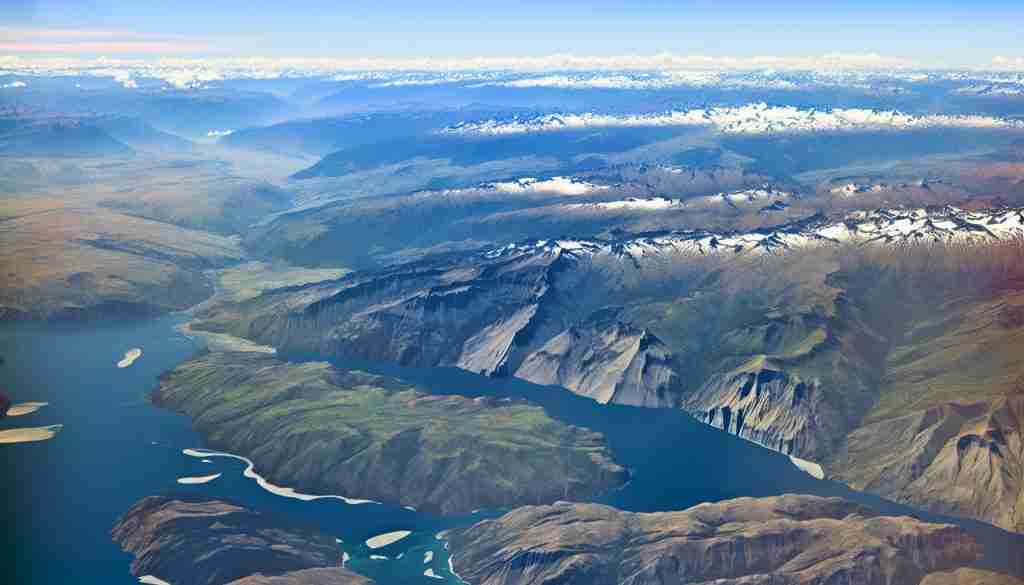The Earth’s surface is a vast and varied landscape, shaped over millions of years by geological processes. From towering mountains to deep ocean trenches, these surface features play a crucial role in shaping our planet’s climate, ecosystems, and human history.
Continental Landmasses
- Continents: The Earth’s landmass is divided into seven major continents: Africa, Antarctica, Asia, Australia, Europe, North America, and South America. Each continent has its own unique geological history, climate, and ecosystems.
- Mountain Ranges: Mountains are elevated landforms that are formed by tectonic plate movements. Some of the most famous mountain ranges include the Himalayas, Andes, and Rockies.
- Plateaus: Plateaus are flat areas of land that are elevated above surrounding areas. They are often formed by volcanic activity or erosion.
- Plains: Plains are flat areas of land that are at or near sea level. They are often formed by the deposition of sediment by rivers or glaciers.
Oceans and Seas
- Oceans: The Earth’s surface is mostly covered by oceans, which are vast bodies of saltwater. There are five major oceans: the Pacific, Atlantic, Indian, Southern, and Arctic Oceans.
- Seas: Seas are smaller bodies of saltwater that are often partially enclosed by land. Examples of seas include the Mediterranean Sea, the Caribbean Sea, and the South China Sea.
- Islands: Islands are pieces of land that are surrounded by water. They can be formed by volcanic activity, erosion, or tectonic plate movements.
Geological Processes
- Tectonic Plates: The Earth’s crust is divided into several large plates, which are constantly moving and interacting with each other. This movement can cause earthquakes, volcanic eruptions, and the formation of mountains and ocean trenches.
- Erosion: Erosion is the process by which wind, water, and ice wear away at the Earth’s surface. Erosion can create canyons, valleys, and other landforms.
- Deposition: Deposition is the process by which sediments are dropped off by wind, water, or ice. Deposition can create plains, deltas, and other landforms.
- Volcanism: Volcanism is the process by which magma rises to the Earth’s surface and erupts as lava. Volcanic activity can create mountains, islands, and fertile soil.
The Importance of Surface Features
Earth’s surface features play a crucial role in shaping our planet’s climate, ecosystems, and human history. Mountains and oceans influence weather patterns, while rivers and lakes provide water for agriculture and drinking. Surface features also play a role in the distribution of biodiversity and the development of human civilizations.
As we continue to explore and study Earth’s surface features, we gain a deeper understanding of our planet’s history and the processes that have shaped it.
